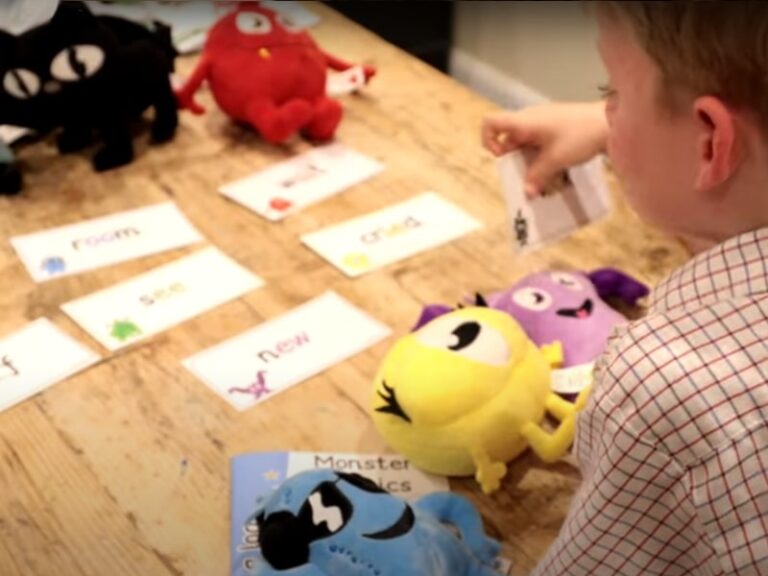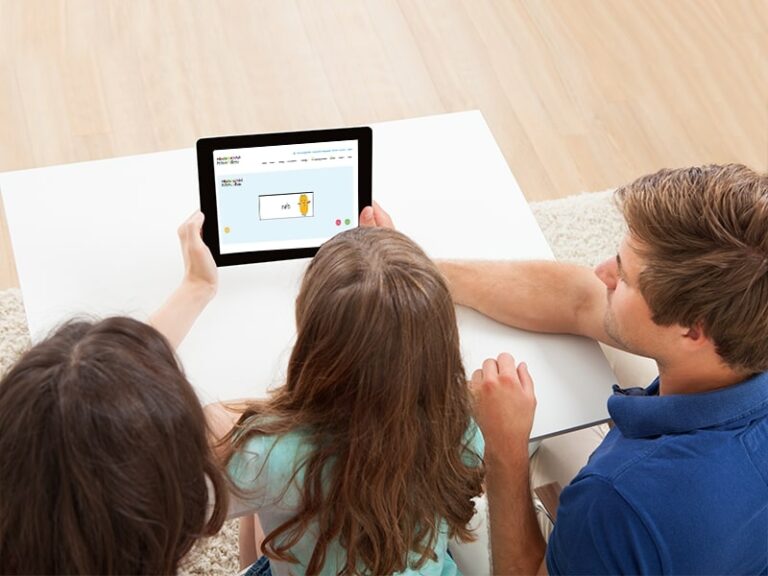To help children and parents become familiar with the Phonics Screening Check, we’ve created a free and easy-to-use online version to support your preparation. Sit with your child and encourage them to sound out and read each word. Discreetly record whether they read the word correctly as you go. The check will automatically calculate the score and email the results to you. You can revisit the test at any time to track your child’s progress.

What is the phonics screen?
If your child is in Year 1 in England, you may have heard of the Phonics Screening Check — but what exactly is it? The Phonics Screening Check is a short, simple assessment that helps teachers understand how well your child can use phonics to read words. It usually takes place in June and is done one-to-one with their teacher in a quiet space.
What does the check involve?
Your child will be asked to read 40 words aloud. Some of these words are real, and others are made-up ‘nonsense’ words (like “bim” or “shup”) that follow normal phonics rules. These nonsense words are used to check that children can apply their decoding skills to unfamiliar words — a key part of becoming a fluent reader.
What is it for?
The check helps identify if your child needs extra support with phonics. It’s not a pass/fail test. It’s just a way for teachers to see how your child is doing with one of the most important early reading skills.

What can you do to help?
The best way to support your child is by practising phonics at home. Encourage them to read aloud, sound out words, and blend sounds together. You don’t need to be a phonics expert; simple books and activities can make a big difference.
You can support your child by:
-
Reading regularly at home
-
Practising phonics sounds and blending
-
Using fun resources like decodable books or phonics games
Remember…
- The most important thing is to encourage a love of reading.
- The Phonics Screening Check is a positive tool to help your child.
- Don’t stress; it’s just a small part of their reading journey.
- Reading together and making it fun is the key to success.
Questions?
No problem, we’re here to help!
The Phonics Screening Check is a helpful tool to make sure your child is on the right track with their reading skills. It’s a quick reading test that teachers use to see how well your child can sound out and blend words. Don’t worry; it’s not meant to be stressful! It’s more like a friendly checkpoint on their reading journey.
This check helps teachers identify any areas where your child might need a little extra support. By catching any reading challenges early, we can work together to help your child become a confident reader.
Usually, the check happens in the month of June in Year 1 at school. Your child’s teacher will sit down with them one-on-one and ask them to read a list of words and simple sentences. They will listen to how your child sounds out the words and blends them together. It’s a short and sweet assessment, usually taking just a few minutes. Your child will be assessed on their reading of 40 words, 20 of which are real and 20 of which are nonsense or ‘alien’ words. Nonsense words test your child’s ability to read words without the support of any memory of words that they may have come across in reading.